
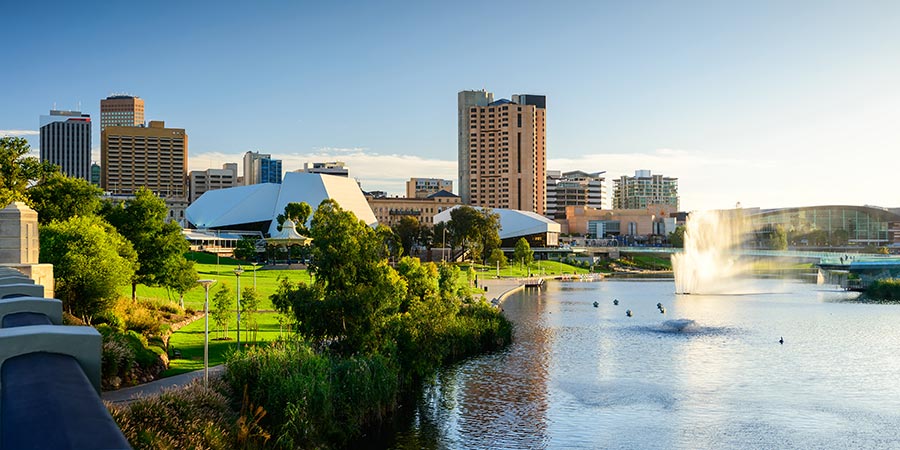
Adelaide
Adelaide, the 'City of Churches' is Australia's fifth largest city located in Southern Australia. More than 40,000 years ago the Kaurna Aboriginal people settled the Adelaide Plains, calling it Tandanya (place of the red kangaroo). It was not until 1836 the city was founded and named after Queen Adelaide, wife of King William IV. Adelaide's first settlers were free immigrants from diverse places, including Great Britain, Germany, Poland, Spain, Italy, China, Afghanistan and Scandinavia, all leaving their mark on the city of South Australia.
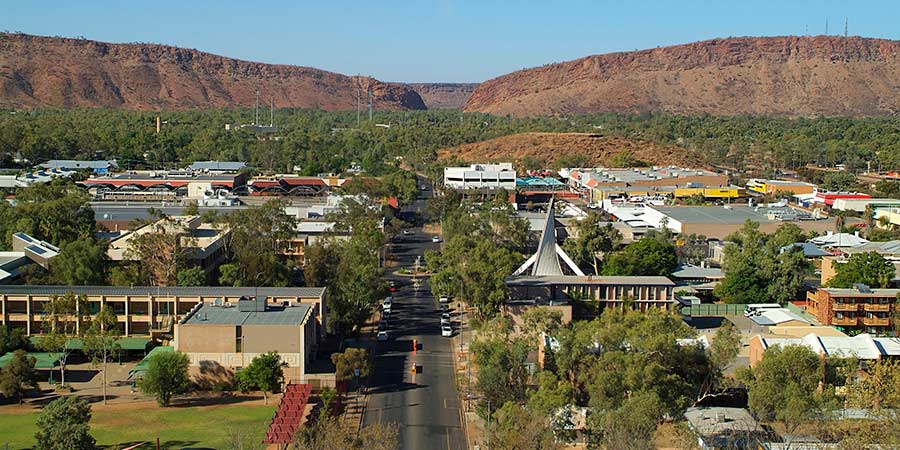
Alice Springs
Alice Springs was established by early explorers and remains as the centre of activity in Central Australia, comprising desert landscapes, picturesque gorges, remote Aboriginal communities and a charming pioneering history. Framed by the MacDonnell Ranges and an intense desert landscape, the township of Alice Springs is Australia's most famous Outback town. Called Mpwante by the traditional owners, the Arrernte people, and situated just 124 miles (200 kilometres) south of the geographic centre of Australia, the town of Alice Springs began as a repeater station along the Overland Telegraph Line.
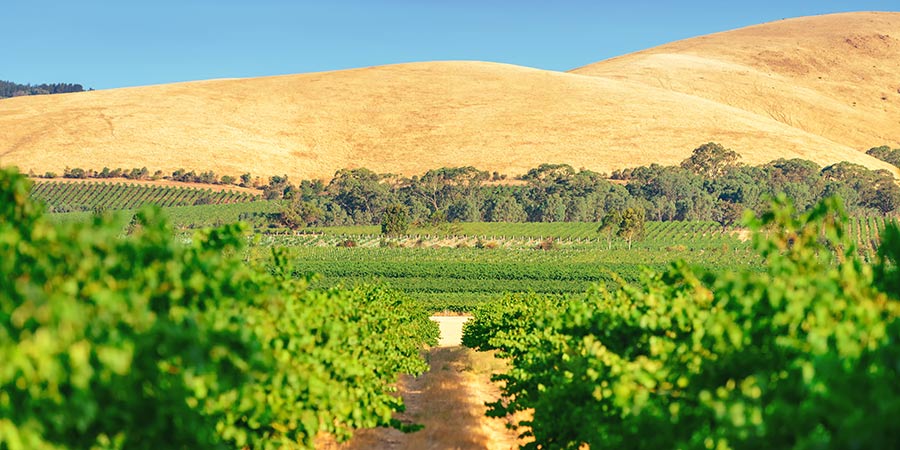
Barossa Valley
The Barossa Valley is a diverse region, with a profound history of grape-growing and wine-making dating back to 1842. Renowned as one of the world's leading wine regions, it is home to some of the oldest vineyards in the world. The Barossa Valley has a rich food and wine culture that is reflected in its premium wine production, abundant seasonal produce and speciality food products which include cheese and bread, unique smoked and cured meats.
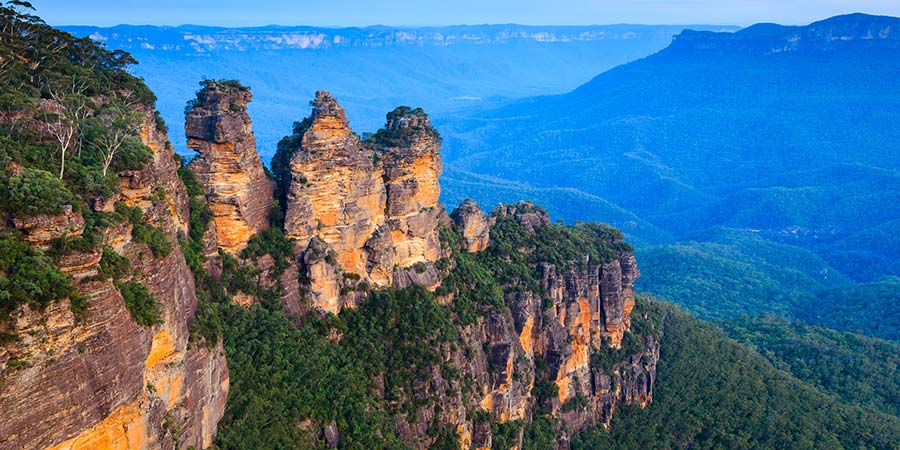
Blue Mountains
Travelling to New South Wales offers you the chance to enjoy part of your holiday in the Blue Mountains. The mountain region, located just 30 miles from Sydney, has UNESCO World Heritage status and actually appears to be blue when viewed from a distance, thanks to the oil from eucalyptus trees which disperses the sun's rays and creates a blue hue.
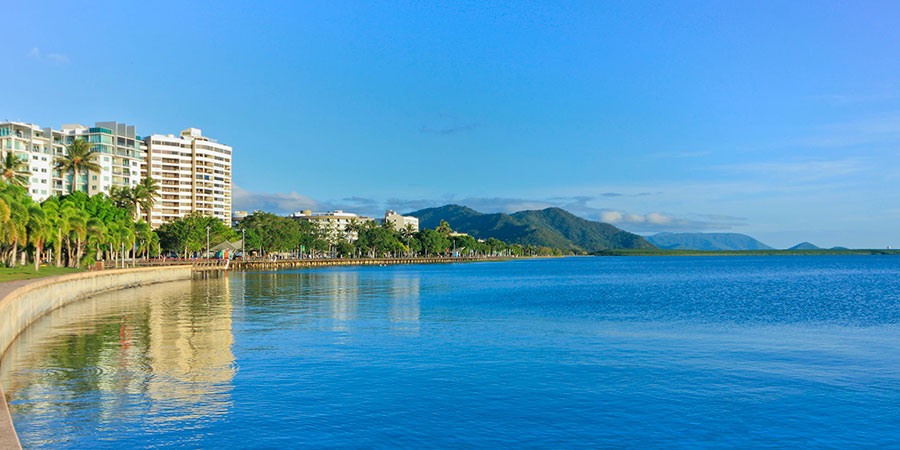
Cairns
James Cook discovered Cairns in 1770, inhabited by Walubarra Yidniji people prior to any European settlement. It was not until years later that the potential for a port was identified and in 1876 Cairns was used to export gold and other metals, minerals, agricultural products and sugarcane from the Atherton Tableland region. The city of Cairns has recently been renovated to enhance its image and provide a relaxing place for tourists and locals. Cairns Esplanade, once a huge grassy park, now features a world-class facility incorporating an outdoor amphitheatre, a large sandy swimming lagoon, grassy picnic areas, walking tracks, free public barbeques, children's playground, shops and restaurants, and an environmental interpretation centre.
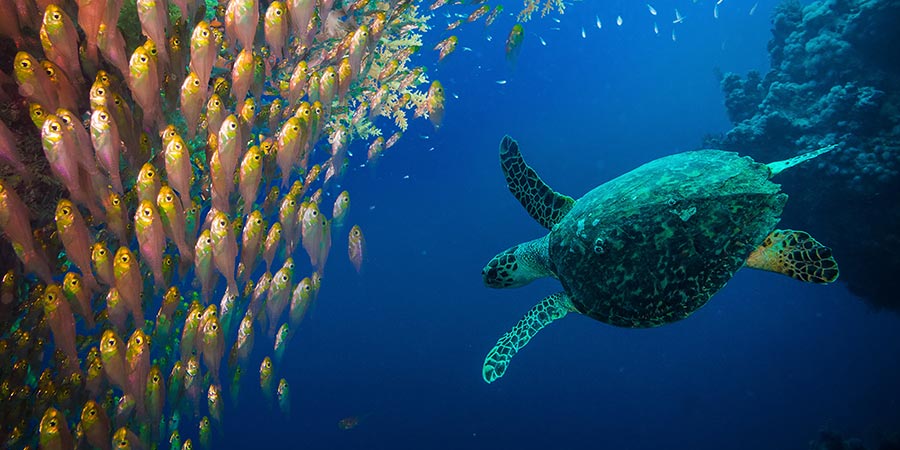
Great Barrier Reef
The world's largest coral reef system, the Great Barrier Reef is home to thousands of species, stretching over 1,800 miles (3,000km) from the coastal town of Bundaberg up to the tip of Cape York, almost parallel to the Queensland coast. It is not until Cape Tribulation, just north of Port Douglas that the reefs come right to the shore and meet the tropical rainforests of the Wet Tropics. The breathtakingly beautiful coral stretches further than the Great Wall of China and is the only living thing on earth visible from space.
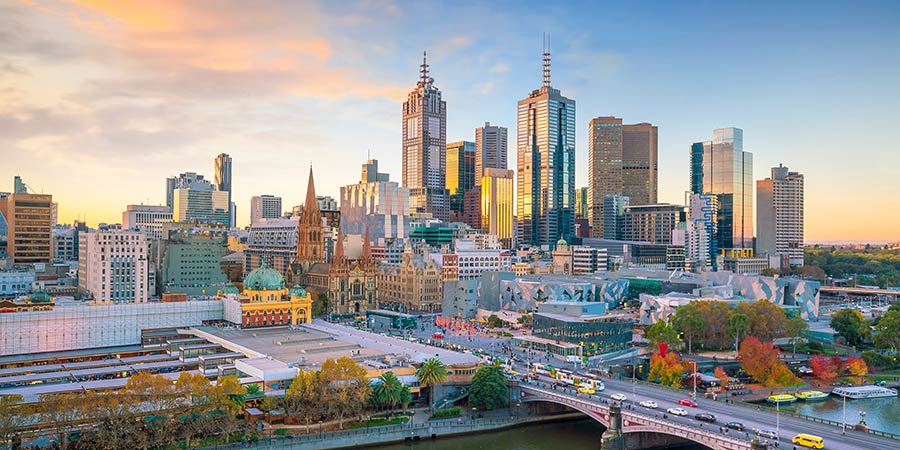
Melbourne
The cosmopolitan capital of Victoria, in southern Australia, is the country's second most populous city. The city centre is laid out in a large rectangle on the northern banks of the River Yarra, about 3.1 miles (5 kilometres) from the bay, with Greater Melbourne set around the Port Philip bay. Melbourne was officially declared a city by Queen Victoria in 1847 and in 1851 became the capital city of the newly created colony of Victoria. During the Victorian Gold Rush in the 1850s Melbourne became one of Australia's largest and wealthiest cities attracting immigrants from all over the world.
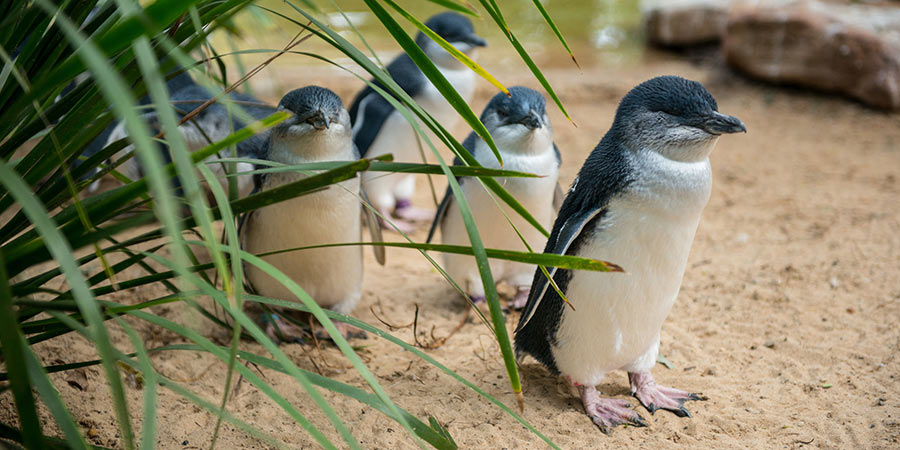
Phillip Island
Phillip Island, named after Governor Arthur Phillip, forms a natural breakwater for the shallow waters of Western Port Bay. It has 60.3 miles (97km) of coastline, and a 2,091 foot (640m) concrete bridge connects the mainland town San Remo with the island town Newhaven.
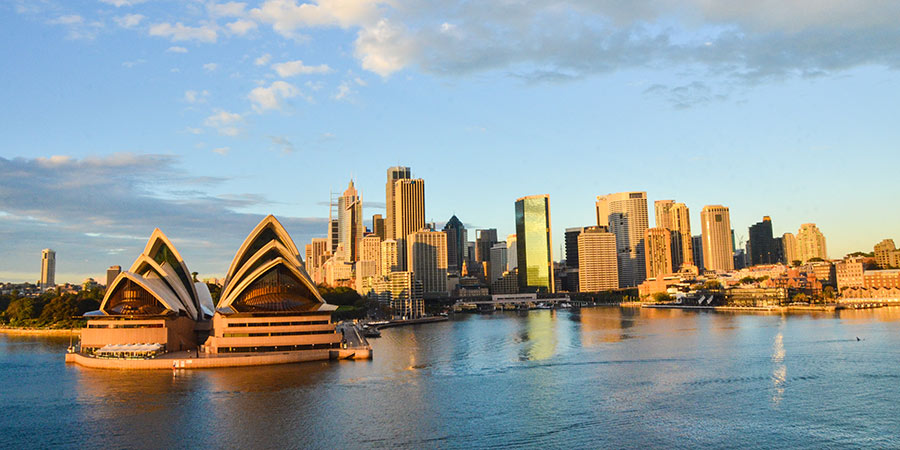
Sydney
The state capital of New South Wales is situated on the picturesque south-east coast of Australia, with a population of approximately 4.5 million. Sydney was discovered in 1770 when James Cook landed in Botany Bay on the Kurnell Peninsula. It was here that he first made contact with an Aboriginal community, leading to the initial European habitation of Australia at Sydney Cove. Celebrated as the 'Queen of the Pacific Rim', vast, vibrant Sydney is home to one of the world's most beautiful harbours fringed by beautiful sandy beaches. The imposing Opera House is the jewel in its crown.
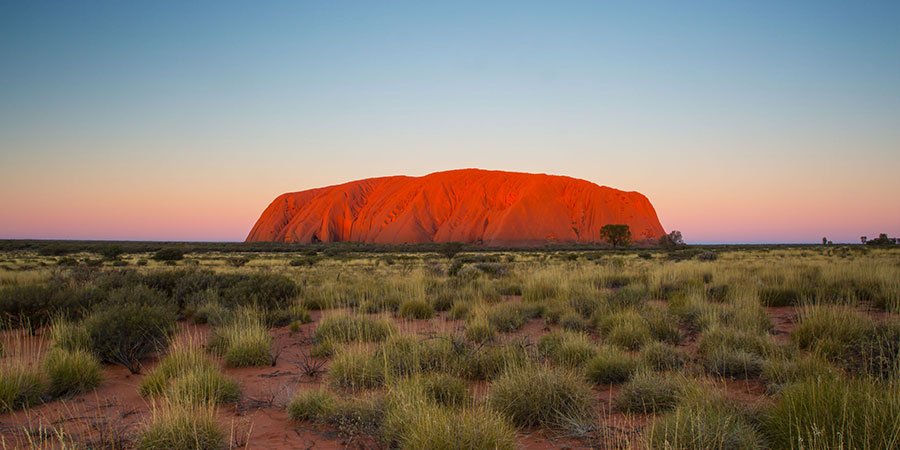
Uluru
Uluru-Kata Tjuta National Park, home to one of Australia's most popular tourist attractions: Uluru, also known as Ayers Rock is considered one of the great wonders of the world and Australia's most identifiable natural icon. The rock holds deep significance for the local Aboriginal people who believe it was formed during the creation period. The red sandstone landmark is located in the southern part of the Northern Territory, 280 miles (450 kilometres) southwest of Alice Springs in central Australia. It rises majestically more than 1,142 feet (348 metres) out of the flat desert and its perimeter, at the base, is 5.6 miles (9 kilometres).